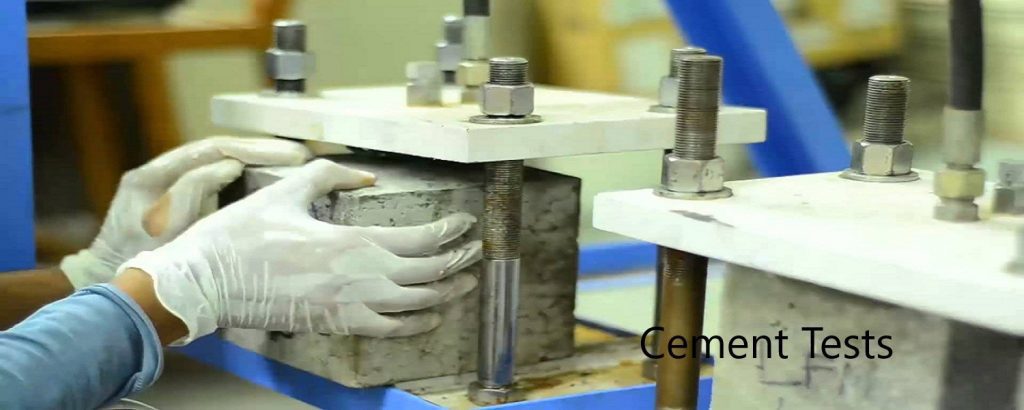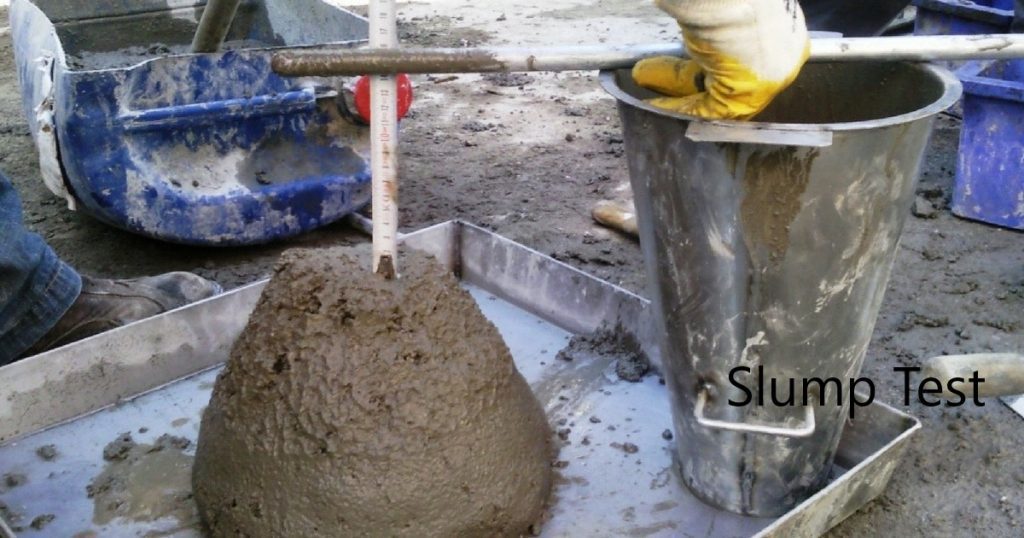TESTING OF AGGREGATES AN OVERVIEW
Aggregates shall be cleaned, hard, dense, durable and frost resistant, shall have a stable moisture content and grading when delivered to the batching plant, and shall not contain iron pyrites, iron oxides, mica, shale, coal or other organic, laminar, soft or porous materials, vitreous aggregates granules or granules with large cavities, or any other substances which may impair the quality of the concrete, attack reinforcing steel or reduce bond. In case of doubt or uncertainty, the effects of suspected harmful substances shall be established by means of tests.
Tests are done as per the BS, BS EN or ASTM standards. Type of the guideline to be followed when testing, could be selected based on the specification. The following test can be identified more commonly in the construction industry.
- Grading of fine aggregate.
- Grading of coarse aggregate
- Organic impurities (fine aggregate)
- Aggregate crushing value (ACV)
- Aggregate impact value (AIV)
- Flakiness index
- Chloride content
- Sulphate content
- Potential alkali-silica reactivity
- Abrasion resistance
- Elongation index
- Specific gravity, water absorption
- 10% fines value
- Moisture content
- Soundness
- Point load test
- Surface texture & weathering grade
- Loose bulk density
- Grading of aggregate base coarse materials (ABC)
- Deleterious materials
- Los angeles abrasion Value
- Grading of filter materials
- Splitting tensile strength for rock core
TESTING OF AGGREGATE CRUSHING VALUE
Aggregate crushing value is an indicator of the crushing resistance of the aggregates when a compressive load is increased. It is tested in accordance with BS 812:110, 1990 and aggregate passing a 14mm test sieve and retained on 10mm sieve are considered for the testing. The allowable range is 17- 41.
TESTING OF FLAKINESS INDEX
The flakiness index of the coarse aggregate is determined as the guidelines stipulated in BS 812 part 1. Aggregate partials are classified as flaky when they have a thickness of less than 0.6 of their mean sieve size. The index is calculated by separating the flaky particles and expressing their mass as a percentage of the mass of the sample tested. The test is not applicable to the material passing a 6.3mm BS test sieve or retained on 63mm BS test sieve. The maximum allowable limit of the flaky particles in the mix is 30%. When it exceeds the limiting value, the mix is considered unsuitable for construction purposes. Flakiness Index = (mass of the flaky particles/mass of the sample) x 100


